Delightfulskywalker - 🥀
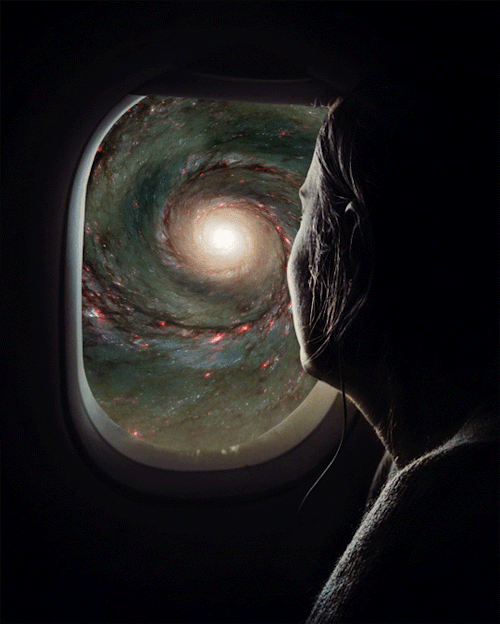
More Posts from Delightfulskywalker and Others

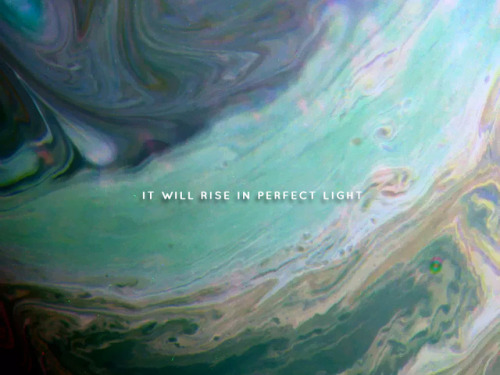
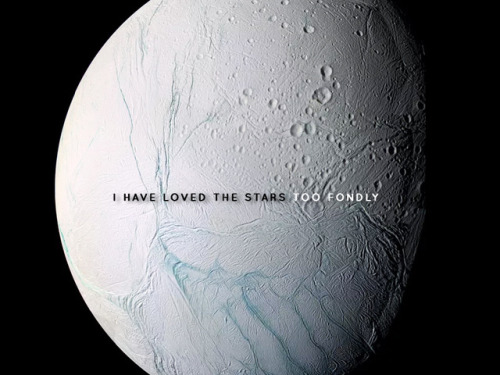
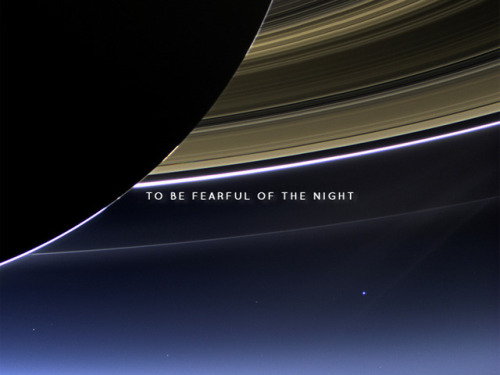
On September 15h, 2017 the Cassini spacecraft will end its 20-year mission by diving into the atmosphere of Saturn.
Goodnight, Cassini.
Largest Batch of Earth-size, Habitable Zone Planets
Our Spitzer Space Telescope has revealed the first known system of seven Earth-size planets around a single star. Three of these planets are firmly located in an area called the habitable zone, where liquid water is most likely to exist on a rocky planet.
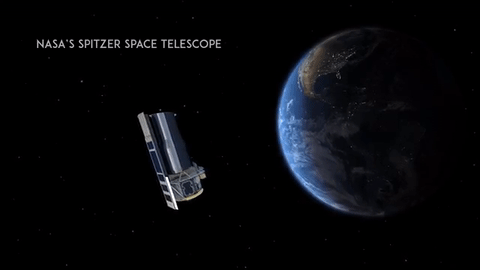
This exoplanet system is called TRAPPIST-1, named for The Transiting Planets and Planetesimals Small Telescope (TRAPPIST) in Chile. In May 2016, researchers using TRAPPIST announced they had discovered three planets in the system.

Assisted by several ground-based telescopes, Spitzer confirmed the existence of two of these planets and discovered five additional ones, increasing the number of known planets in the system to seven.
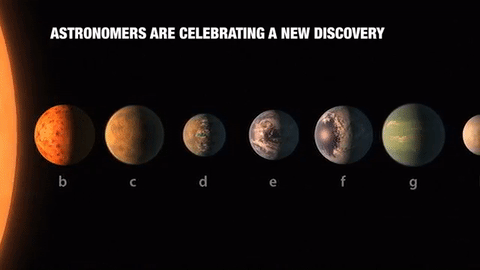
This is the FIRST time three terrestrial planets have been found in the habitable zone of a star, and this is the FIRST time we have been able to measure both the masses and the radius for habitable zone Earth-sized planets.
All of these seven planets could have liquid water, key to life as we know it, under the right atmospheric conditions, but the chances are highest with the three in the habitable zone.

At about 40 light-years (235 trillion miles) from Earth, the system of planets is relatively close to us, in the constellation Aquarius. Because they are located outside of our solar system, these planets are scientifically known as exoplanets. To clarify, exoplanets are planets outside our solar system that orbit a sun-like star.

In this animation, you can see the planets orbiting the star, with the green area representing the famous habitable zone, defined as the range of distance to the star for which an Earth-like planet is the most likely to harbor abundant liquid water on its surface. Planets e, f and g fall in the habitable zone of the star.
Using Spitzer data, the team precisely measured the sizes of the seven planets and developed first estimates of the masses of six of them. The mass of the seventh and farthest exoplanet has not yet been estimated.

For comparison…if our sun was the size of a basketball, the TRAPPIST-1 star would be the size of a golf ball.
Based on their densities, all of the TRAPPIST-1 planets are likely to be rocky. Further observations will not only help determine whether they are rich in water, but also possibly reveal whether any could have liquid water on their surfaces.
The sun at the center of this system is classified as an ultra-cool dwarf and is so cool that liquid water could survive on planets orbiting very close to it, closer than is possible on planets in our solar system. All seven of the TRAPPIST-1 planetary orbits are closer to their host star than Mercury is to our sun.

The planets also are very close to each other. How close? Well, if a person was standing on one of the planet’s surface, they could gaze up and potentially see geological features or clouds of neighboring worlds, which would sometimes appear larger than the moon in Earth’s sky.

The planets may also be tidally-locked to their star, which means the same side of the planet is always facing the star, therefore each side is either perpetual day or night. This could mean they have weather patterns totally unlike those on Earth, such as strong wind blowing from the day side to the night side, and extreme temperature changes.

Because most TRAPPIST-1 planets are likely to be rocky, and they are very close to one another, scientists view the Galilean moons of Jupiter – lo, Europa, Callisto, Ganymede – as good comparisons in our solar system. All of these moons are also tidally locked to Jupiter. The TRAPPIST-1 star is only slightly wider than Jupiter, yet much warmer.
How Did the Spitzer Space Telescope Detect this System?
Spitzer, an infrared telescope that trails Earth as it orbits the sun, was well-suited for studying TRAPPIST-1 because the star glows brightest in infrared light, whose wavelengths are longer than the eye can see. Spitzer is uniquely positioned in its orbit to observe enough crossing (aka transits) of the planets in front of the host star to reveal the complex architecture of the system.

Every time a planet passes by, or transits, a star, it blocks out some light. Spitzer measured the dips in light and based on how big the dip, you can determine the size of the planet. The timing of the transits tells you how long it takes for the planet to orbit the star.

The TRAPPIST-1 system provides one of the best opportunities in the next decade to study the atmospheres around Earth-size planets. Spitzer, Hubble and Kepler will help astronomers plan for follow-up studies using our upcoming James Webb Space Telescope, launching in 2018. With much greater sensitivity, Webb will be able to detect the chemical fingerprints of water, methane, oxygen, ozone and other components of a planet’s atmosphere.
At 40 light-years away, humans won’t be visiting this system in person anytime soon…that said…this poster can help us imagine what it would be like:

Make sure to follow us on Tumblr for your regular dose of space: http://nasa.tumblr.com

“More books gives you a higher perspective”
I don’t know what it is about Star Wars but even if it’s not your biggest fandom, it still has the funniest memes by a long shot I mean “look at all the fucks i give anakin” and “your poncho is a piece of junk” and anakin hates sand it’s all just 1000% pure class
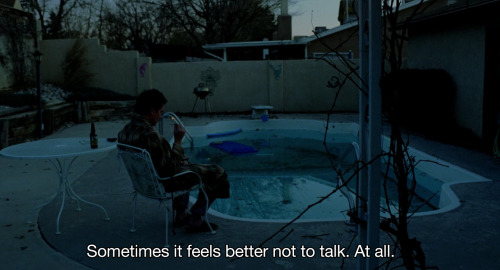









The Mandalorian chapter posters. Finally completed! <3
Prints | Smartphone Wallpapers
THE FORCE WILL BE STRONG THIS DECEMBER



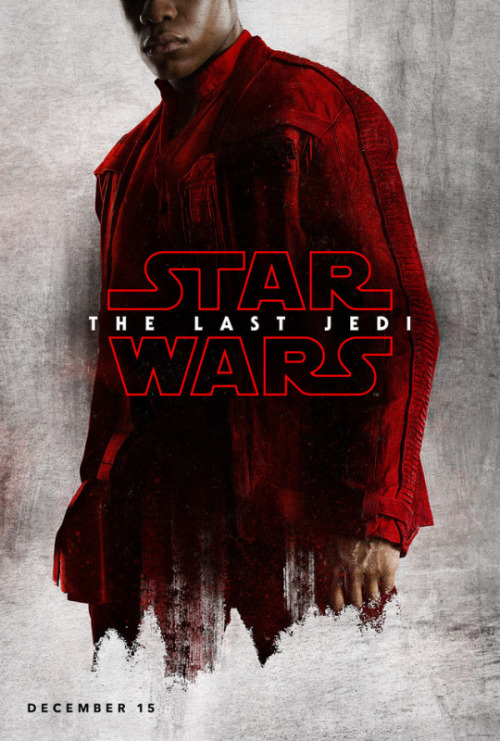
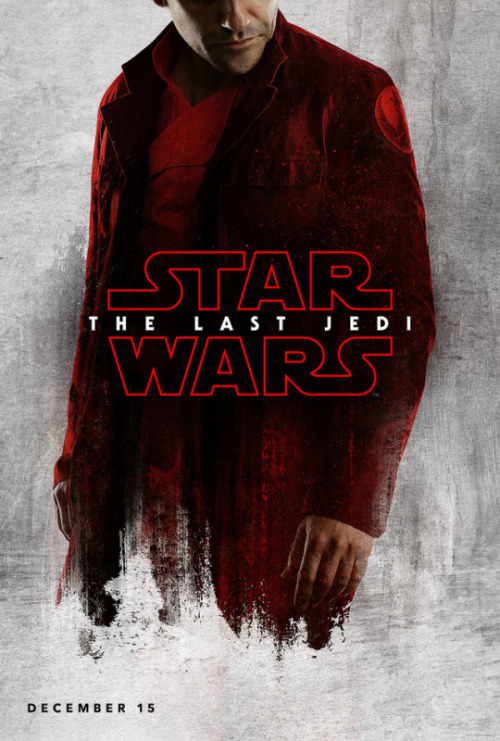

Star Wars: The Last Jedi characters posters.

I knew it 😃
Could Planets Like Those Imagined in Star Wars Be Real??
Look at what we’ve found so far.
Is your favorite Star Wars planet a desert world or an ice planet or a jungle moon?
It’s possible that your favorite planet exists right here in our galaxy. Astronomers have found over 3,400 planets around other stars, called “exoplanets.”
Some of these alien worlds could be very similar to arid Tatooine, watery Scarif and even frozen Hoth, according to NASA scientists.
Find out if your planet exists in a galaxy far, far away or all around you.
Planets With Two Suns

Were you going to the Tosche station to pick up some power converters? Hold on a minute and learn about Kepler-16b, 200 light-years from Earth. It’s the first honest-to-goodness planet ever found where you could watch two suns set like Luke. George Lucas himself even blessed its nickname ‘Tatooine.’ It’s not a perfect comparison: Kepler-16b is a cold gas giant roughly the size of Saturn. But don’t worry, kid.

The best part is that Tatooine aka Kepler-16b was just the first. It has family. A LOT of family. Half the stars in our galaxy are pairs, rather than single stars like our sun. If every star has at least one planet, that’s billions of worlds with two suns. Billions! Maybe waiting for life to be found on them.
Desert Worlds

If you’re like Finn and want to know why everyone wants to go back to Jakku desert planets, get this: Star Wars may be reflecting the real universe. Desert worlds are not only a very real possibility, but we think they are probably very common. They can be hot, like the fictional Tatooine and Jakku, or cold, like Jedha in “Rogue One” or our real planet Mars.
Perhaps it’s not so weird that both Luke and Rey grew up on planets that look suspiciously like each other. If you’re scouring the universe for a place to settle, you have a good chance of finding a desert planet.
Ice Planets

There is a Hoth in our galaxy! Though not the same Hoth from “The Empire Strikes Back” (no invading Imperials, for one). The icy super-Earth reminded scientists so much of the frozen Rebel base they nicknamed it “Hoth.” The planet’s real name is OGLE 2005-BLG-390L.
Our galaxy’s Hoth is too cold to support life as we know it. But life may evolve under the ice of a different world, or a moon in our solar system.
We’re currently designing a mission to look for life under the crust of Jupiter’s icy moon Europa. We’re pretty sure ity won’t look like tauntauns, if it exists.

Forest worlds

Both the forest moon of Endor and Takodana, the home of Han Solo’s favorite cantina in “Force Awakens,” are green like our home planet. But astrobiologists think that plant life on other worlds could be red, black, or even rainbow-colored!
In August 2016, astronomers from the European Southern Observatory announced the discovery of Proxima Centauri b, a planet only four light-years away from Earth, which orbits a tiny red star.

The light from a red star, also known as an M dwarf, is dim and mostly in the infrared spectrum (as opposed to the visible spectrum we see with our sun). And that could mean plants with wildly different colors than what we’re used to seeing on Earth. Or, animals that see in the near-infrared.
And Beyond

The next few years will see the launch of a new generation of spacecraft to search for planets around other stars. TESS and the James Webb Telescope will go into space in 2018, and WFIRST in the mid-2020s. That’s one step closer to finding life.
You don’t need to visit a galaxy far, far away to find wondrous worlds. Just visit this one … there’s plenty to see.
Discover more about exoplanets here: https://exoplanets.nasa.gov/
Make sure to follow us on Tumblr for your regular dose of space: http://nasa.tumblr.com
-
 backtofantasyland liked this · 3 weeks ago
backtofantasyland liked this · 3 weeks ago -
 2lxtbreakerdaddy liked this · 3 weeks ago
2lxtbreakerdaddy liked this · 3 weeks ago -
 sissydiapercucky95 liked this · 3 weeks ago
sissydiapercucky95 liked this · 3 weeks ago -
 navidoll liked this · 1 month ago
navidoll liked this · 1 month ago -
 sissyleilas-blog reblogged this · 1 month ago
sissyleilas-blog reblogged this · 1 month ago -
 tech13omega liked this · 1 month ago
tech13omega liked this · 1 month ago -
 propertydog-blog liked this · 1 month ago
propertydog-blog liked this · 1 month ago -
 bardock27 liked this · 1 month ago
bardock27 liked this · 1 month ago -
 y292 liked this · 1 month ago
y292 liked this · 1 month ago -
 ssslqb0001 liked this · 1 month ago
ssslqb0001 liked this · 1 month ago -
 monsterkitten1 liked this · 1 month ago
monsterkitten1 liked this · 1 month ago -
 sweettyphoonkid2 liked this · 1 month ago
sweettyphoonkid2 liked this · 1 month ago -
 johnelec5-blog liked this · 2 months ago
johnelec5-blog liked this · 2 months ago -
 no-longer-owned-slut liked this · 2 months ago
no-longer-owned-slut liked this · 2 months ago -
 nomorepussysissyboy-11 liked this · 2 months ago
nomorepussysissyboy-11 liked this · 2 months ago -
 leoryjenk liked this · 2 months ago
leoryjenk liked this · 2 months ago -
 pinkfloyd83op liked this · 2 months ago
pinkfloyd83op liked this · 2 months ago -
 frepaa liked this · 2 months ago
frepaa liked this · 2 months ago -
 grungelumberjack liked this · 2 months ago
grungelumberjack liked this · 2 months ago -
 darques1de liked this · 2 months ago
darques1de liked this · 2 months ago -
 lan-1976 liked this · 2 months ago
lan-1976 liked this · 2 months ago -
 amenabir liked this · 2 months ago
amenabir liked this · 2 months ago -
 bimboporndoll liked this · 2 months ago
bimboporndoll liked this · 2 months ago -
 alfa3040 liked this · 2 months ago
alfa3040 liked this · 2 months ago -
 grancriniera liked this · 2 months ago
grancriniera liked this · 2 months ago -
 kar86 liked this · 3 months ago
kar86 liked this · 3 months ago -
 hotte1 liked this · 3 months ago
hotte1 liked this · 3 months ago -
 blueethquakeinternet liked this · 3 months ago
blueethquakeinternet liked this · 3 months ago -
 fatboytg liked this · 3 months ago
fatboytg liked this · 3 months ago -
 navayopnichtis liked this · 3 months ago
navayopnichtis liked this · 3 months ago -
 sissyslutmuslimah liked this · 3 months ago
sissyslutmuslimah liked this · 3 months ago -
 littledaddyboii reblogged this · 3 months ago
littledaddyboii reblogged this · 3 months ago -
 littledaddyboii liked this · 3 months ago
littledaddyboii liked this · 3 months ago -
 iselaasiel reblogged this · 4 months ago
iselaasiel reblogged this · 4 months ago -
 small-tits-tight-holes liked this · 4 months ago
small-tits-tight-holes liked this · 4 months ago -
 abdlyoungdaddy liked this · 4 months ago
abdlyoungdaddy liked this · 4 months ago -
 teenbeachmovi liked this · 4 months ago
teenbeachmovi liked this · 4 months ago -
 doggers05 liked this · 4 months ago
doggers05 liked this · 4 months ago -
 kaktaksstuff liked this · 4 months ago
kaktaksstuff liked this · 4 months ago -
 futuristicgentlemencloud liked this · 4 months ago
futuristicgentlemencloud liked this · 4 months ago -
 happylifeman6969 liked this · 4 months ago
happylifeman6969 liked this · 4 months ago
"Hope is like the sun. If you only believe it when you see it, you'll never make it through the night." -Princess Leia
286 posts
